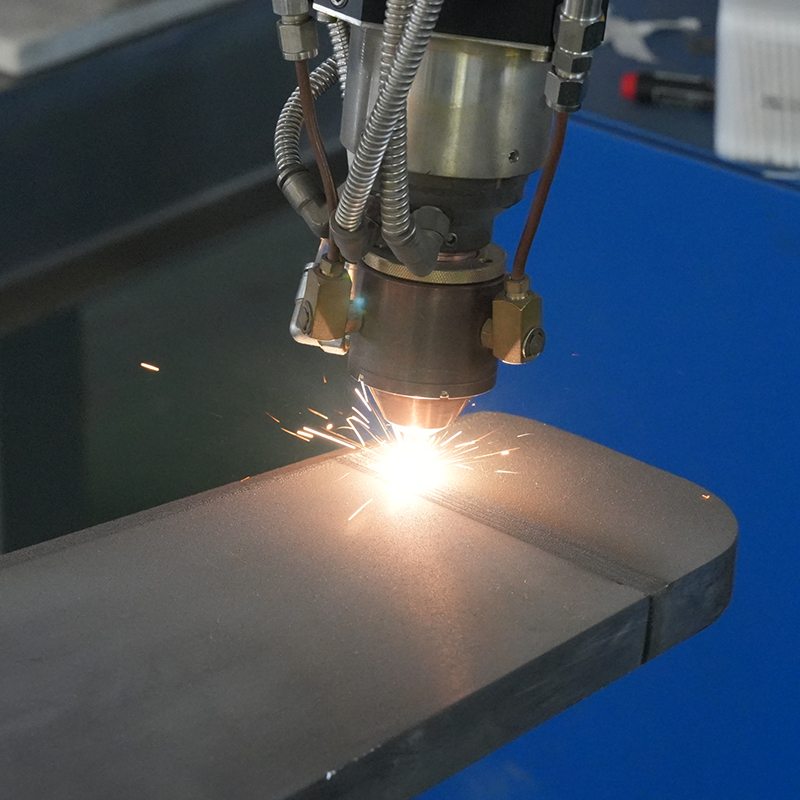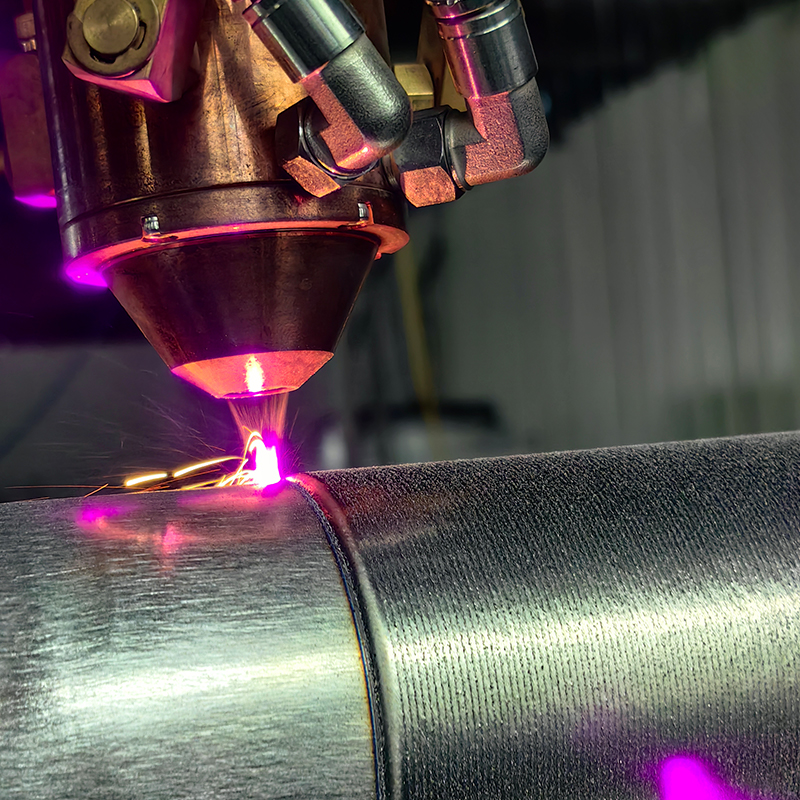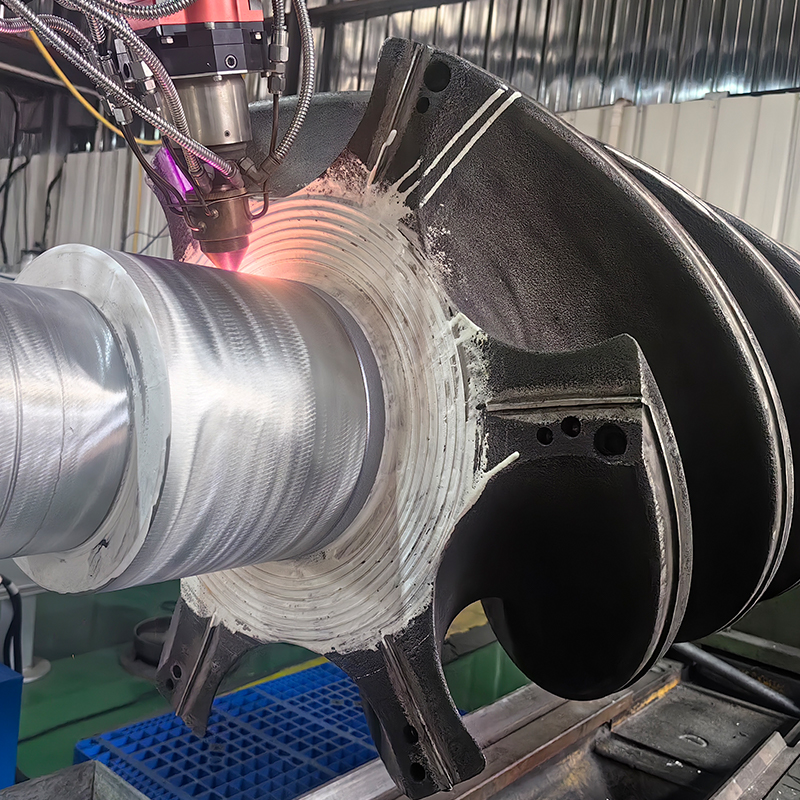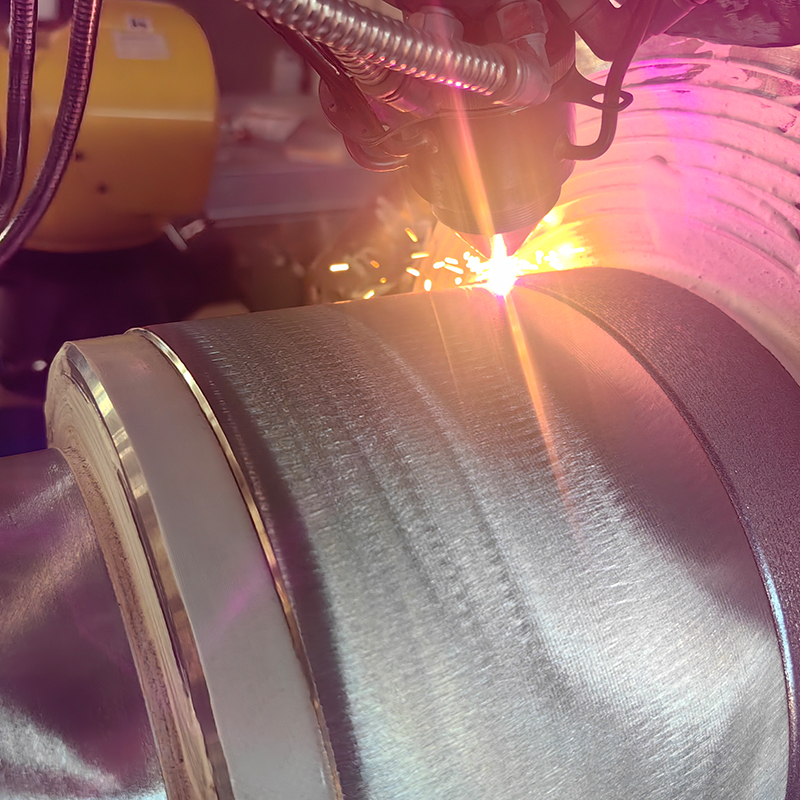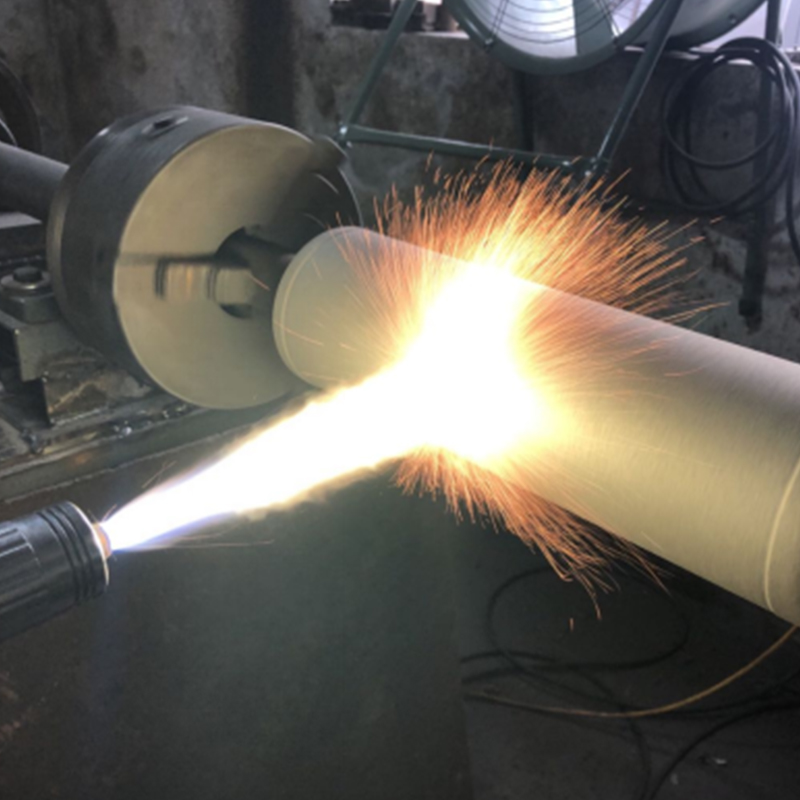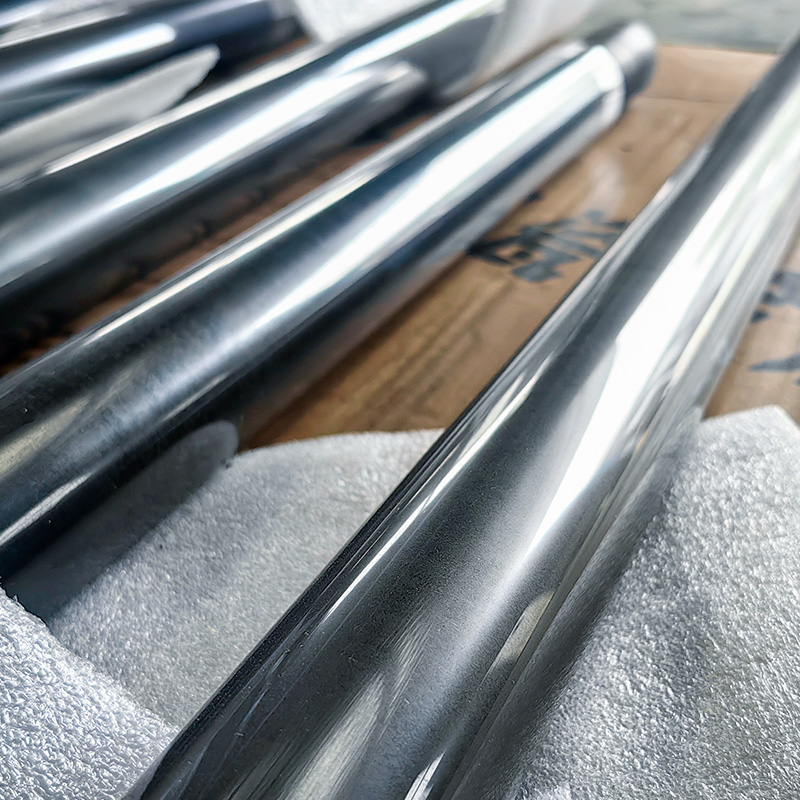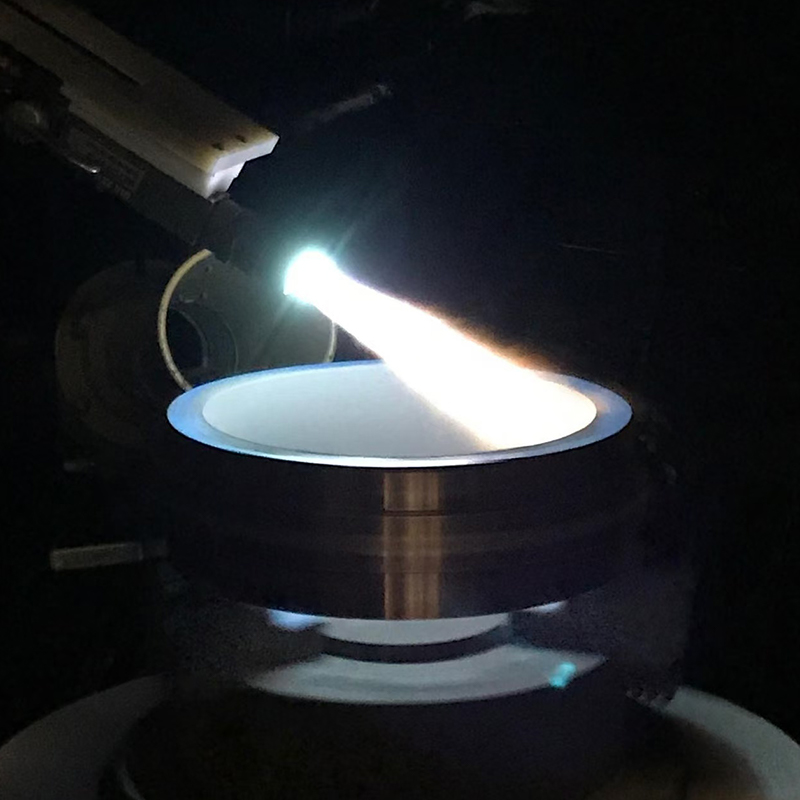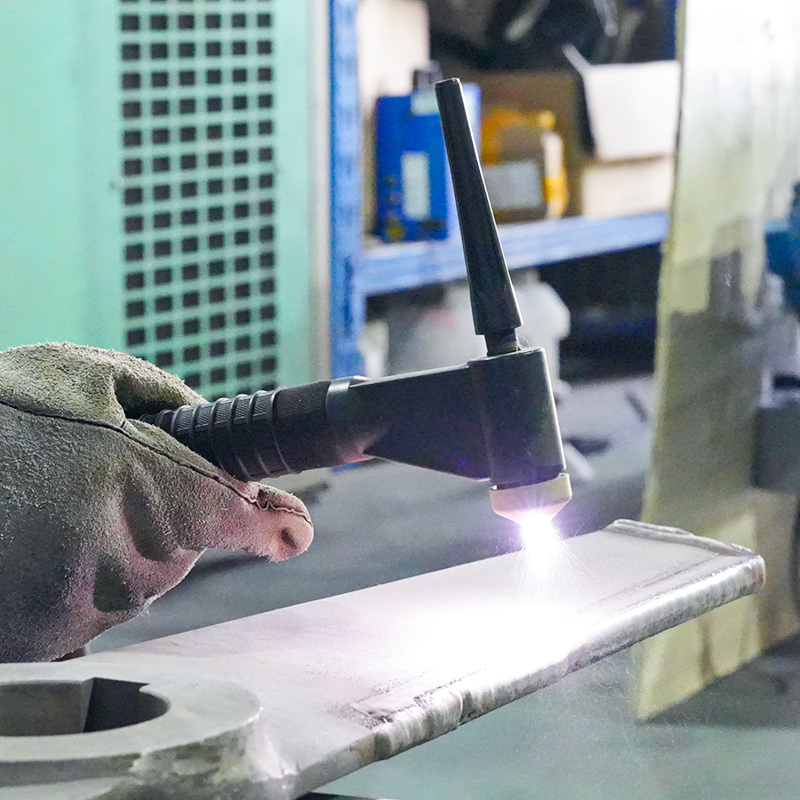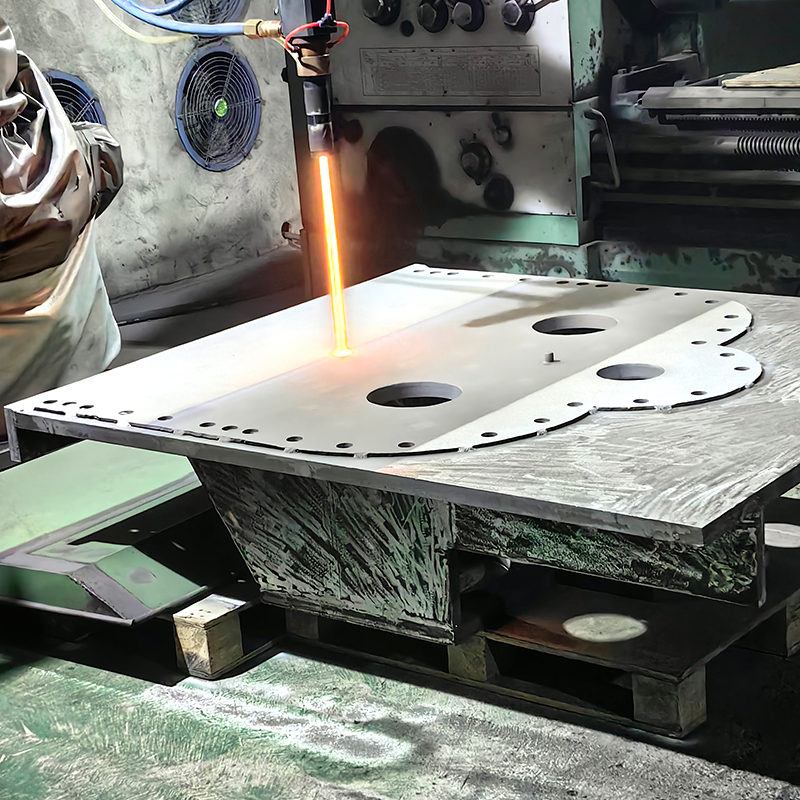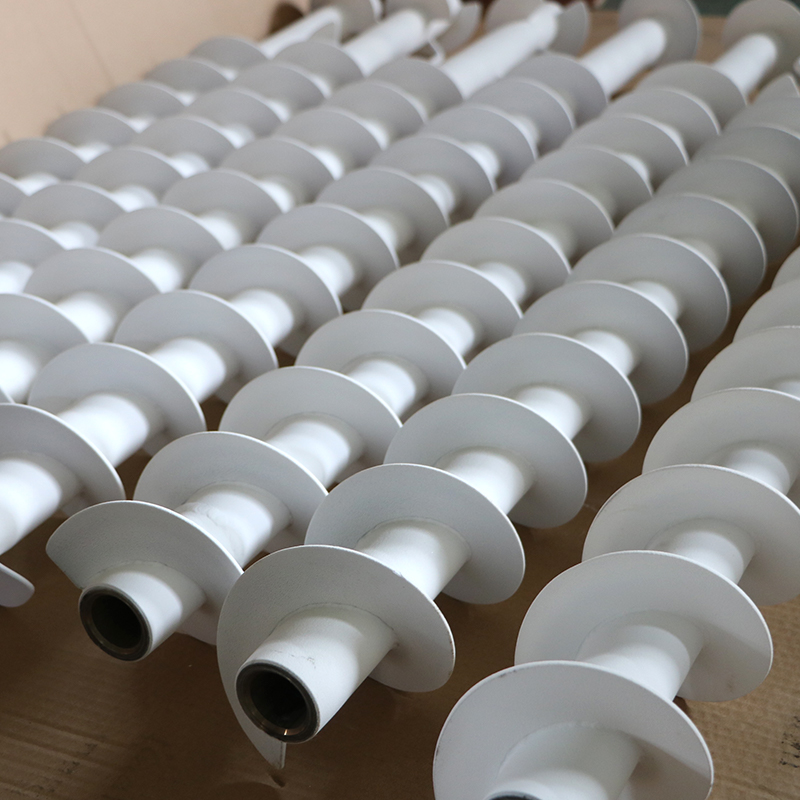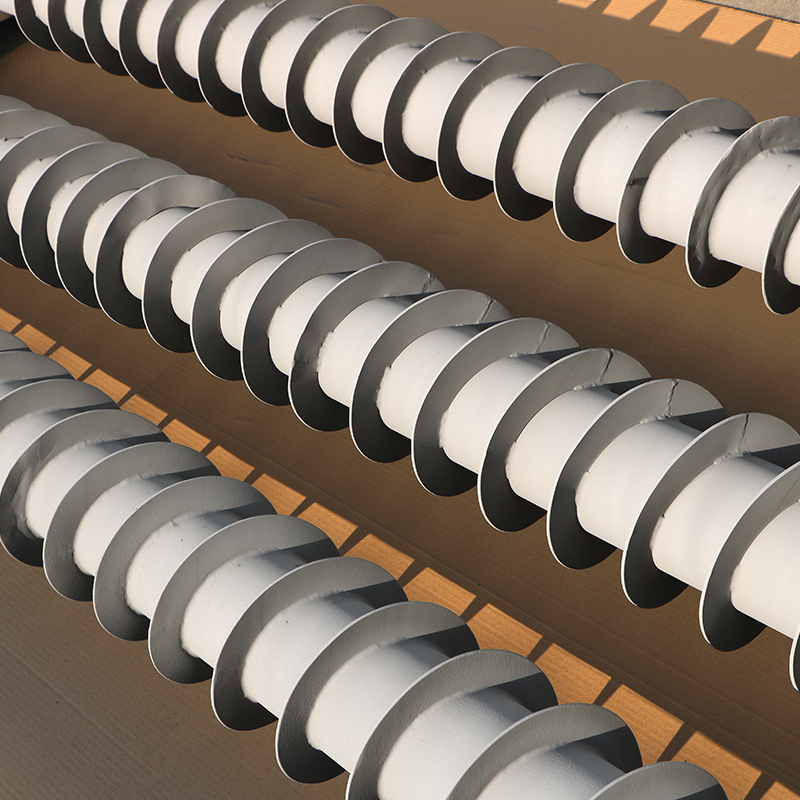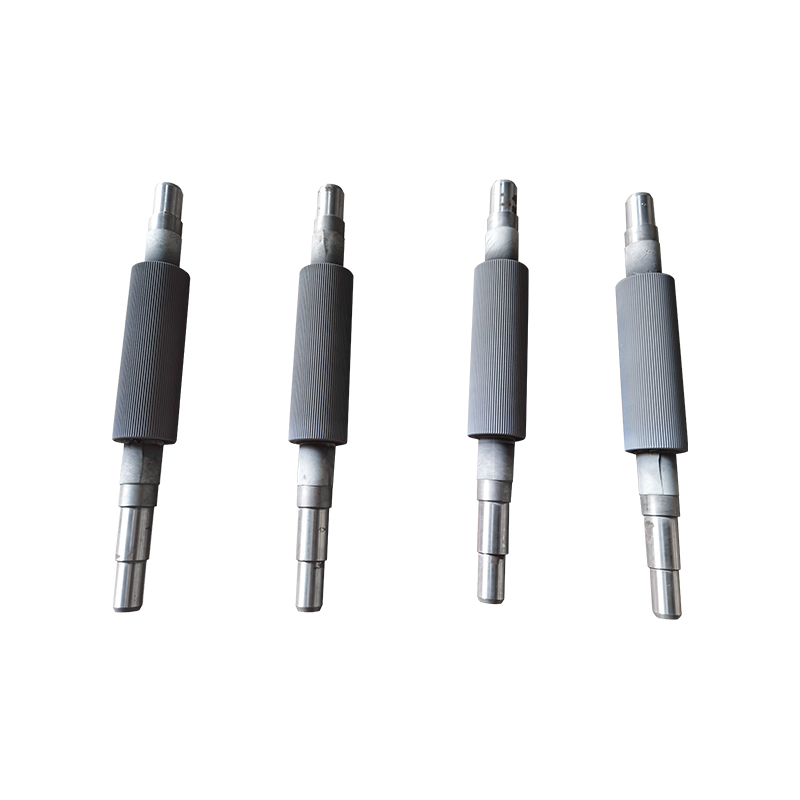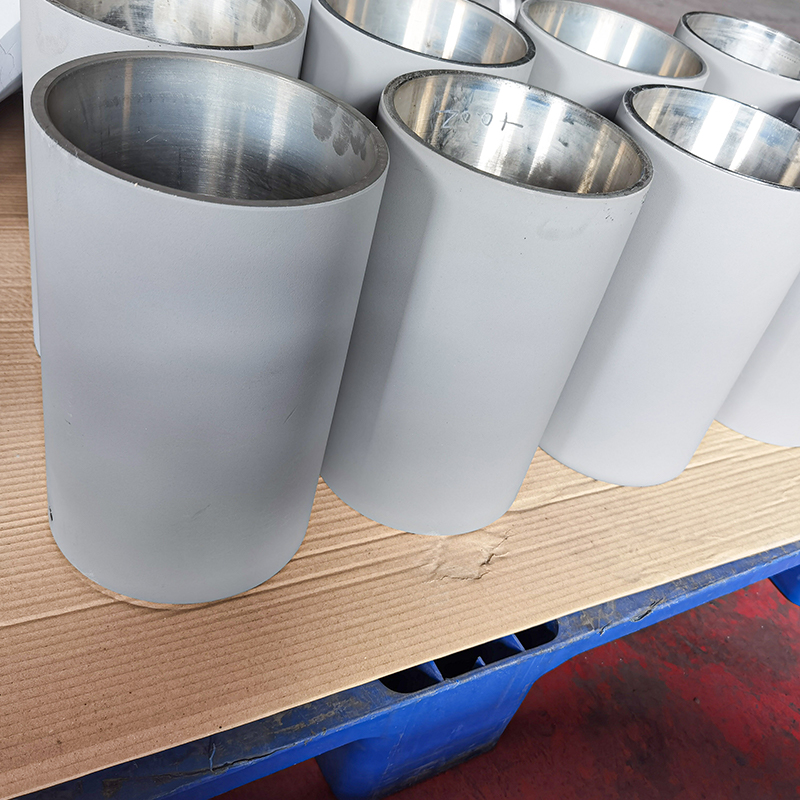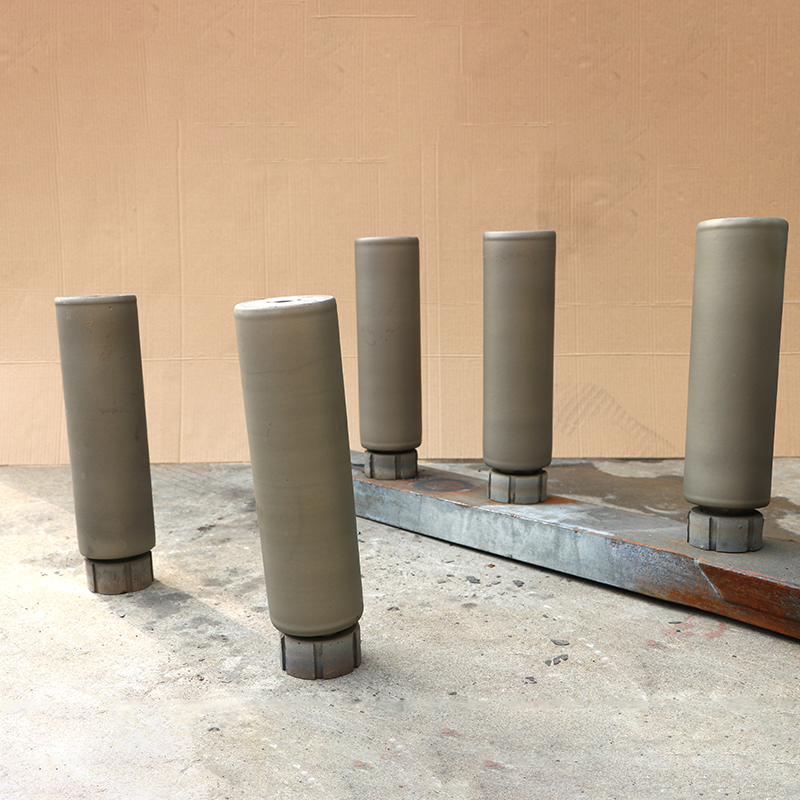Laser Cladding, also known as laser deposition or laser cladding, is a new surface modification technology. It is a new surface modification technology, which forms a metallurgical additive cladding layer on the surface of the base material by adding the cladding material on the surface of the base material and using the laser beam with high energy density to make it melt with the thin layer of the surface of the base material.
Laser cladding features: low dilution of the cladding layer but the bonding force is strong, and the substrate is metallurgical bonding, which can significantly improve the wear-resistant, corrosion-resistant, heat-resistant, oxidation-resistant, or electrical properties of the substrate material surface, so as to achieve the purpose of the surface modification or repair to meet the material surface of the specific performance requirements at the same time to save a lot of material costs. Compared with surfacing, spraying, electroplating, and vapor phase deposition, laser cladding has the characteristics of small dilution, dense organization, good combination of coating and substrate, suitable for cladding materials, large changes in particle size and content, etc. Therefore, the application prospect of laser cladding technology is very broad.
Coating materials: widely used laser cladding materials include: nickel-based, cobalt-based, iron-based, titanium alloys, copper alloys, granular metal matrix composites, ceramic materials, and so on.
Laser Cladding
Powder, (can be customized pure nickel powder, pure cobalt powder, pure copper powder, etc.) metal powder.
We are always committed to developing and producing various high-performance alloy materials for harsh environments, providing customers with high-strength, wear-resistant, corrosion-resistant and high-temperature-resistant alloy powders.
News
-
Industry News 2025-10-27
Tungsten carbide powder (WC) is arguably the most recognizable and commercially important form of carbide powder. It is a fine, gray powder that serves as the primary raw material for manufacturing "cemented carbide," a ...
View More -
Industry News 2025-10-22
The modern industrial landscape relies heavily on highly specialized materials, and alloy powder stands out as a critical component driving innovation in sectors ranging from aerospace to medical devices. This sophistica...
View More -
Industry News 2025-10-15
Chromium Oxide Ceramic Powder (Cr2O3), often simply referred to as chromia, stands as a pinnacle material in the field of high-performance ceramics. Characterized by its stable, brilliant green color and exceptional ...
View More


 English
English русский
русский عربى
عربى